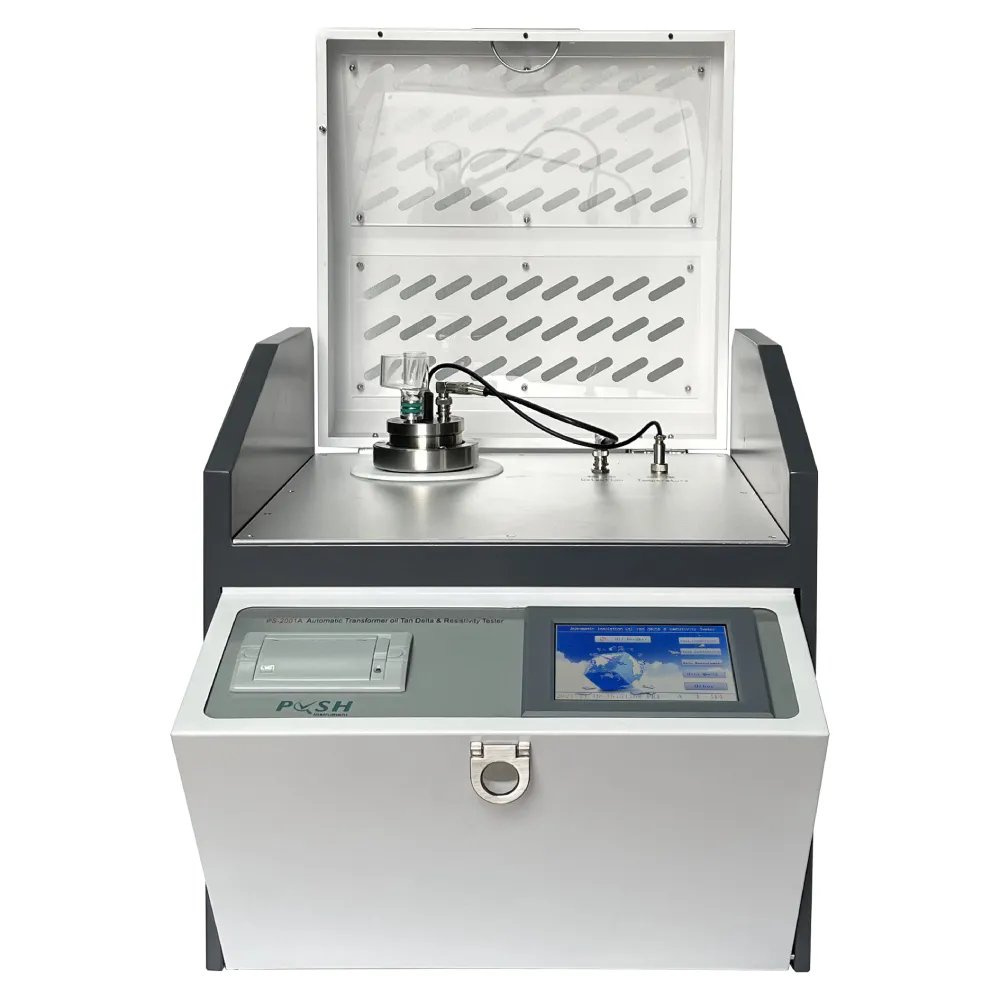 English
English



-
 Afrikaans
Afrikaans -
 Albanian
Albanian -
 Amharic
Amharic -
 Arabic
Arabic -
 Armenian
Armenian -
 Azerbaijani
Azerbaijani -
 Basque
Basque -
 Belarusian
Belarusian -
 Bengali
Bengali -
 Bosnian
Bosnian -
 Bulgarian
Bulgarian -
 Catalan
Catalan -
 Cebuano
Cebuano -
 China
China -
 China (Taiwan)
China (Taiwan) -
 Corsican
Corsican -
 Croatian
Croatian -
 Czech
Czech -
 Danish
Danish -
 Dutch
Dutch -
 English
English -
 Esperanto
Esperanto -
 Estonian
Estonian -
 Finnish
Finnish -
 French
French -
 Frisian
Frisian -
 Galician
Galician -
 Georgian
Georgian -
 German
German -
 Greek
Greek -
 Gujarati
Gujarati -
 Haitian Creole
Haitian Creole -
 hausa
hausa -
 hawaiian
hawaiian -
 Hebrew
Hebrew -
 Hindi
Hindi -
 Miao
Miao -
 Hungarian
Hungarian -
 Icelandic
Icelandic -
 igbo
igbo -
 Indonesian
Indonesian -
 irish
irish -
 Italian
Italian -
 Japanese
Japanese -
 Javanese
Javanese -
 Kannada
Kannada -
 kazakh
kazakh -
 Khmer
Khmer -
 Rwandese
Rwandese -
 Korean
Korean -
 Kurdish
Kurdish -
 Kyrgyz
Kyrgyz -
 Lao
Lao -
 Latin
Latin -
 Latvian
Latvian -
 Lithuanian
Lithuanian -
 Luxembourgish
Luxembourgish -
 Macedonian
Macedonian -
 Malgashi
Malgashi -
 Malay
Malay -
 Malayalam
Malayalam -
 Maltese
Maltese -
 Maori
Maori -
 Marathi
Marathi -
 Mongolian
Mongolian -
 Myanmar
Myanmar -
 Nepali
Nepali -
 Norwegian
Norwegian -
 Norwegian
Norwegian -
 Occitan
Occitan -
 Pashto
Pashto -
 Persian
Persian -
 Polish
Polish -
 Portuguese
Portuguese -
 Punjabi
Punjabi -
 Romanian
Romanian -
 Russian
Russian -
 Samoan
Samoan -
 Scottish Gaelic
Scottish Gaelic -
 Serbian
Serbian -
 Sesotho
Sesotho -
 Shona
Shona -
 Sindhi
Sindhi -
 Sinhala
Sinhala -
 Slovak
Slovak -
 Slovenian
Slovenian -
 Somali
Somali -
 Spanish
Spanish -
 Sundanese
Sundanese -
 Swahili
Swahili -
 Swedish
Swedish -
 Tagalog
Tagalog -
 Tajik
Tajik -
 Tamil
Tamil -
 Tatar
Tatar -
 Telugu
Telugu -
 Thai
Thai -
 Turkish
Turkish -
 Turkmen
Turkmen -
 Ukrainian
Ukrainian -
 Urdu
Urdu -
 Uighur
Uighur -
 Uzbek
Uzbek -
 Vietnamese
Vietnamese -
 Welsh
Welsh -
 Bantu
Bantu -
 Yiddish
Yiddish -
 Yoruba
Yoruba -
 Zulu
Zulu
atmospheric distillation unit
Understanding Atmospheric Distillation Units Fundamentals and Importance
An Atmospheric Distillation Unit (ADU) is a crucial component in the oil refining process, serving as the primary step for crude oil processing. In an increasingly energy-dependent world, the need for efficient and effective refining techniques remains paramount. ADUs play a significant role in the fractionation of crude oil into various valuable products, including gasoline, diesel, kerosene, and other petrochemical feedstocks. Understanding the mechanics, functions, and importance of ADUs is vital for anyone interested in petroleum engineering or chemical processing.
How Atmospheric Distillation Works
Atmospheric distillation operates on the principle of boiling point differences among various hydrocarbons present in crude oil. The crude oil is heated in a furnace to temperatures ranging between 350°C and 400°C, where it vaporizes. The vaporized crude oil then enters a distillation column, which is a vertical vessel filled with trays or packing material. As the vapor ascends through the column, it encounters a gradient of temperatures; the higher it rises, the cooler it becomes.
Heavy hydrocarbons, having higher boiling points, condense on the lower trays while lighter hydrocarbons rise further up the column. The separation continues until the different fractions are collected at various points in the tower. Each fraction corresponds to specific products; for example, lighter fractions near the top yield high-octane gasoline, while heavier fractions at the bottom serve as feedstock for diesel and lubricating oils. This method ensures a high purity of the assorted products while maximizing the yield from crude oil.
Components of an ADU
An Atmospheric Distillation Unit consists of several integral components that work together to ensure effective separation and high efficiency
atmospheric distillation unit

1. Furnace This heats the crude oil to the necessary temperature for vaporization. 2. Distillation Column The heart of the ADU, where the actual separation takes place. 3. Trays or Packing These aid in the mass transfer between ascending vapor and descending liquid, enhancing separation efficiency. 4. Heat Exchangers Used for preheating feedstock and recovering heat to improve energy efficiency. 5. Condenser Cools the vapor coming out of the column to facilitate the collection of liquid distillates. 6. Reboiler Provides the necessary heat to maintain the column's operation by boiling the liquid at the bottom.
Importance of Atmospheric Distillation Units
The significance of ADUs extends beyond crude oil processing. They set the foundation for the entire oil refining process. Several reasons highlight their importance
1. Economic Contribution ADUs are designed to maximize yields from crude oil, thus optimizing economic returns for refineries. 2. Energy Efficiency Advances in ADU design focus on reducing energy consumption, which is crucial given global efforts to reduce carbon footprints and promote sustainability. 3. Product Quality ADUs produce a range of products that meet stringent quality specifications necessary for modern fuel standards and applications. 4. Feedstock for Further Processing The fractions obtained from an ADU serve as feedstock for various downstream processes, such as catalytic cracking and hydrocracking, further enhancing the value extracted from crude oil.
Conclusion
Atmospheric Distillation Units are fundamental to the petroleum refining industry. By leveraging the principles of distillation, they separate crude oil into multiple fractions essential for various applications. As the global energy landscape evolves, enhancing the efficiency and sustainability of ADUs remains crucial, making it an exciting area of study and development in the field of chemical engineering and energy production. Understanding the mechanics and significance of these units helps illuminate the complexities of oil refining and the broader energy sector.
-
Testing Equipment Industry Sees Major Advancements in 2025: Smart & Precision Technologies Lead the WayNewsJun.06,2025
-
Applications of Direct Current Generators in Renewable Energy SystemsNewsJun.05,2025
-
Hipot Tester Calibration and Accuracy GuidelinesNewsJun.05,2025
-
Digital Circuit Breaker Analyzer Features and BenefitsNewsJun.05,2025
-
Benefits of Real-Time Power Quality Monitoring Devices for Industrial EfficiencyNewsJun.05,2025
-
Earth Fault Loop Testing in High-Rise Building Electrical SystemsNewsJun.05,2025



